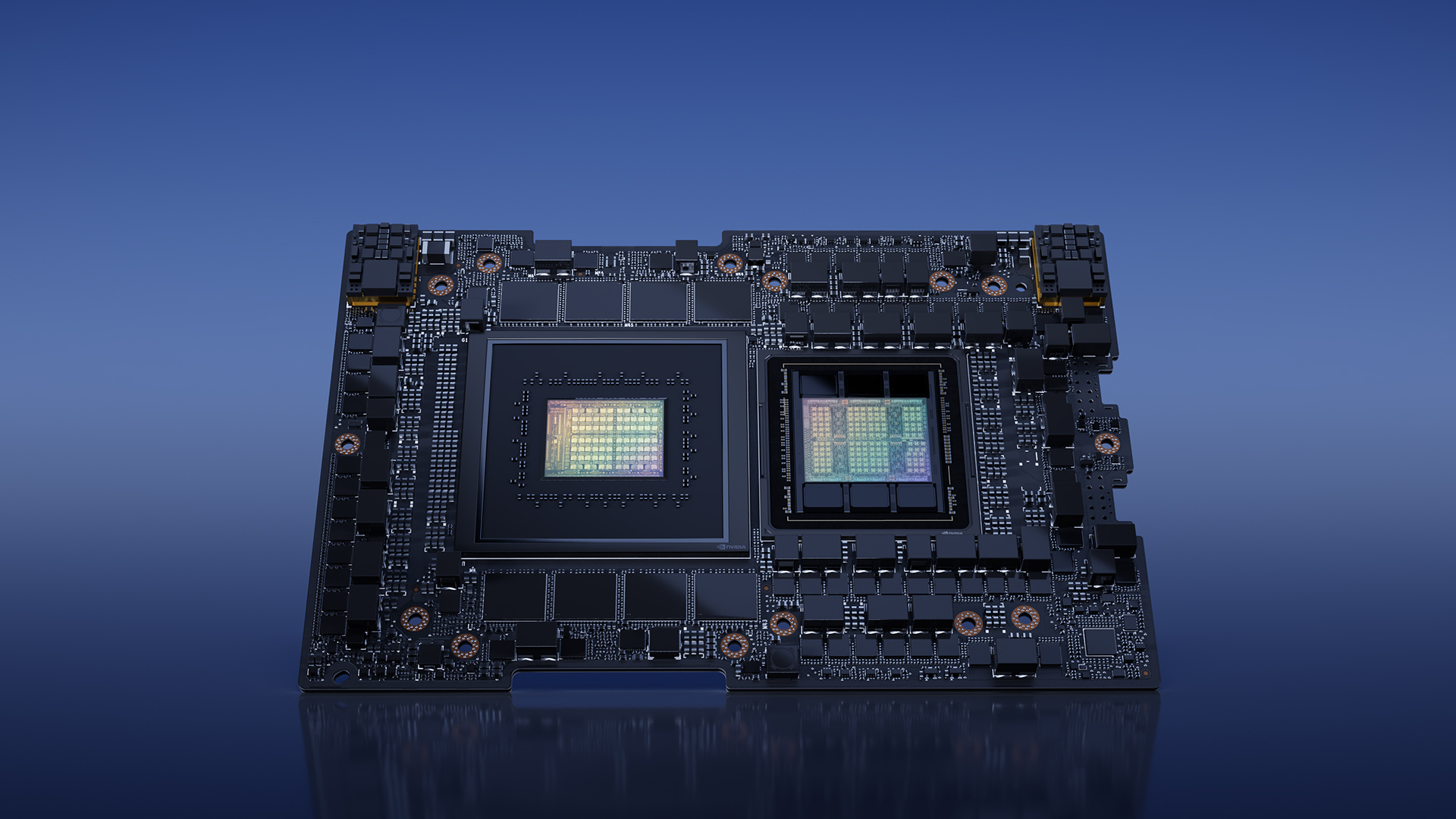On Friday, Intel shares took a nosedive, plummeting more than 12% as a bleak forecast painted a stark picture of the company’s struggles amid the burgeoning artificial intelligence (AI) revolution. The downward spiral was fueled by concerns that the AI boom is steering enterprise spending away from Intel’s traditional data center chips, sending shockwaves through the tech industry.
The stock’s decline, amounting to around 30% since the beginning of the year, reflects Intel’s faltering position in comparison to its rivals, notably Nvidia, in the realm of advanced AI chips and components. Intel’s second-quarter revenue forecast of $12.5 billion to $13.5 billion fell short of analysts’ expectations, further exacerbating investor apprehensions.
The company’s woes are underscored by its ambitious $100 billion spending initiative across four U.S. states, aimed at bolstering its manufacturing capabilities and countering the competitive threat. Despite its efforts to innovate and stay abreast of the evolving landscape, Intel faces an uphill battle as businesses pivot towards AI-centric server chips, relegating Intel’s central processing units (CPUs) to the sidelines. The launch of Intel’s Gaudi 3 AI chip offered a glimmer of hope, yet concerns persist that Intel will continue to lose ground to industry juggernauts like Nvidia and Arm.
Nevertheless, Intel remains optimistic about a potential resurgence in personal computer sales, buoyed by an anticipated upgrade cycle coinciding with the release of a new version of Microsoft’s Windows operating system. The company pins its hopes on increased demand for chips powering these devices, offering a potential silver lining amid the prevailing uncertainty.
The contrasting fortunes of Intel vis-à-vis tech giants like Microsoft and Alphabet, both of which have reported robust earnings, underscore the shifting dynamics within the industry. As Nvidia clients and purveyors of in-house chips for their data centers, Microsoft and Alphabet epitomize the formidable competition that Intel confronts in the race for AI supremacy.
In the wake of Intel’s precipitous decline, the tech landscape stands at a crossroads, poised between innovation and disruption. Intel’s struggles serve as a cautionary tale, underscoring the imperatives of adaptability and foresight in an era defined by rapid technological evolution. As the AI revolution gathers momentum, the fate of industry stalwarts like Intel hinges on their ability to navigate the winds of change and carve out a sustainable path forward in an increasingly competitive landscape.


